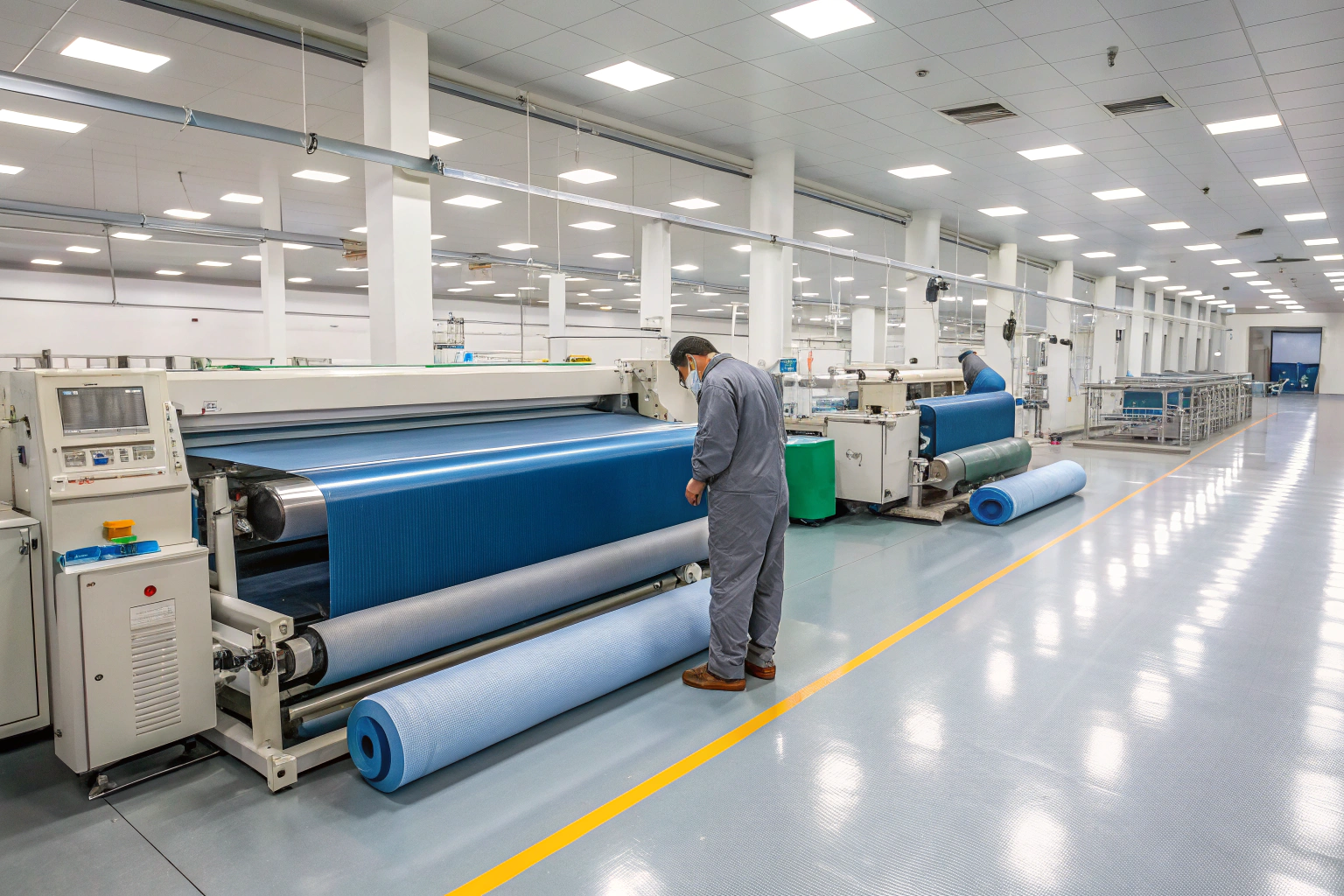In the fast-changing medical industry, radiation safety has become one of the most critical factors in protective garment manufacturing. Hospitals, clinics, and diagnostic centers worldwide are transitioning from traditional lead-based aprons to eco-friendly, lead-free options that offer the same protection without the environmental and health risks of lead. However, finding the right radiation attenuation lead-free apron fabrics is not as simple as placing an order — it requires deep knowledge of technical performance, global compliance standards, supplier capabilities, and shipping logistics.
If you get this sourcing process wrong, the consequences can be costly. You may end up with fabrics that fail certification tests, garments that are too heavy for all-day wear, or shipments delayed for months because of incomplete customs documents. This is why a well-structured sourcing strategy is essential for success.
Once you understand the properties to look for, how to verify compliance, how to compare suppliers, and how to manage logistics effectively, you can confidently secure fabrics that meet all safety and performance requirements while keeping costs under control.
Best Lead-Free Apron Fabrics for Medical Radiation Protection
Lead-free apron fabrics are an advanced category of medical protective textiles designed to replace traditional lead sheets used in X-ray and radiation shielding. Instead of using toxic lead, these fabrics incorporate non-toxic heavy metal composites such as tungsten, bismuth, and antimony, layered with specialized polymers to block harmful ionizing radiation.
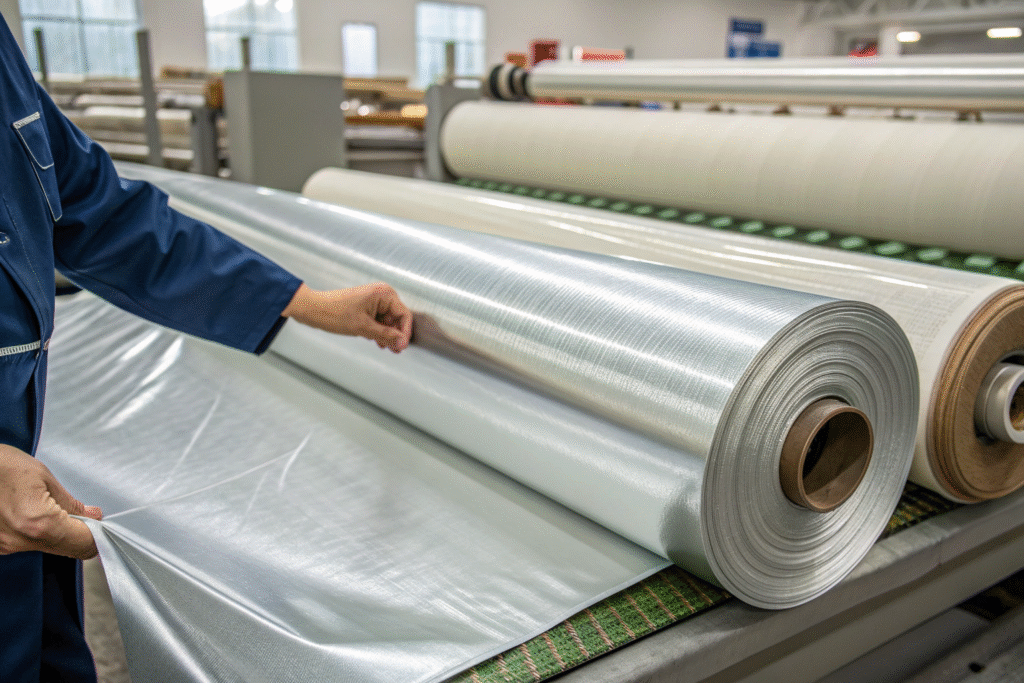
The shift toward lead-free materials is driven by both health safety regulations and environmental responsibility. Medical staff wear aprons for hours each day, so reducing weight without sacrificing protection is key. Lead-free fabrics can achieve the same or better attenuation at a fraction of the weight of traditional lead, which reduces fatigue and improves comfort for the wearer.
What properties matter most when choosing apron fabrics?
When evaluating radiation protection fabrics for medical aprons, buyers should prioritize lead equivalence ratings, tensile strength, coating adhesion, and durability under repeated sterilization. The lead equivalence rating (often expressed as mmPb) directly indicates the attenuation performance of the fabric at specific kVp ranges. A supplier should provide ASTM-compliant test results confirming attenuation across the range of energies used in diagnostic imaging.
How do modern materials improve comfort and durability?
Modern coating technologies allow manufacturers to embed ultra-fine metallic particles in polymer films, creating thinner, more flexible layers. These innovations can cut apron weight by up to 30%, improving mobility and reducing strain on healthcare workers. Fabrics may also integrate moisture-wicking inner linings and stain-resistant outer coatings to extend the usable life of the garment, minimizing replacement costs.
How to Verify Fabric Safety and Compliance Certifications?
Certification is the cornerstone of any medical textile purchase. Even if a fabric looks durable and performs well in informal tests, it must meet official standards before it can be sold for medical use in most countries.
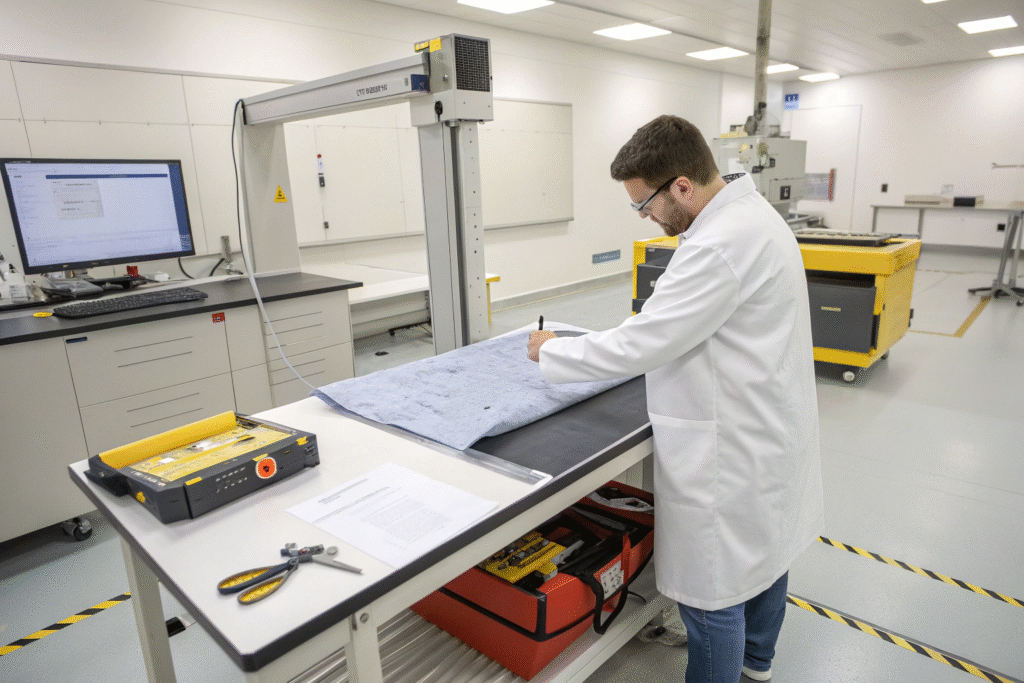
The United States requires compliance with ASTM F2547 for protective garments, while the European market uses EN 61331 as the benchmark. Other important certifications include ISO 13485 for medical device quality management systems and ISO 10993 for biocompatibility.
Which certifications are essential for export?
For the U.S., ensure the fabric has valid ASTM F2547 test results from an accredited laboratory. In Europe, a CE mark supported by EN 61331 testing is mandatory. Some Asian countries require local certification before customs clearance. Each market’s regulations differ, so verify requirements early in the sourcing process.
How can buyers verify test authenticity?
Always request original, signed lab reports from recognized testing organizations like SGS or Intertek. These organizations offer online portals where you can confirm the authenticity of reports. Avoid suppliers who refuse to share full test data, as this is often a sign of non-compliance.
Comparing Global Suppliers for Lead-Free Radiation Fabrics
The global supplier landscape for lead-free apron fabrics is diverse, with production centers in China, the United States, and Europe. While each region has its strengths, the choice often comes down to cost, customization capability, and speed of delivery.
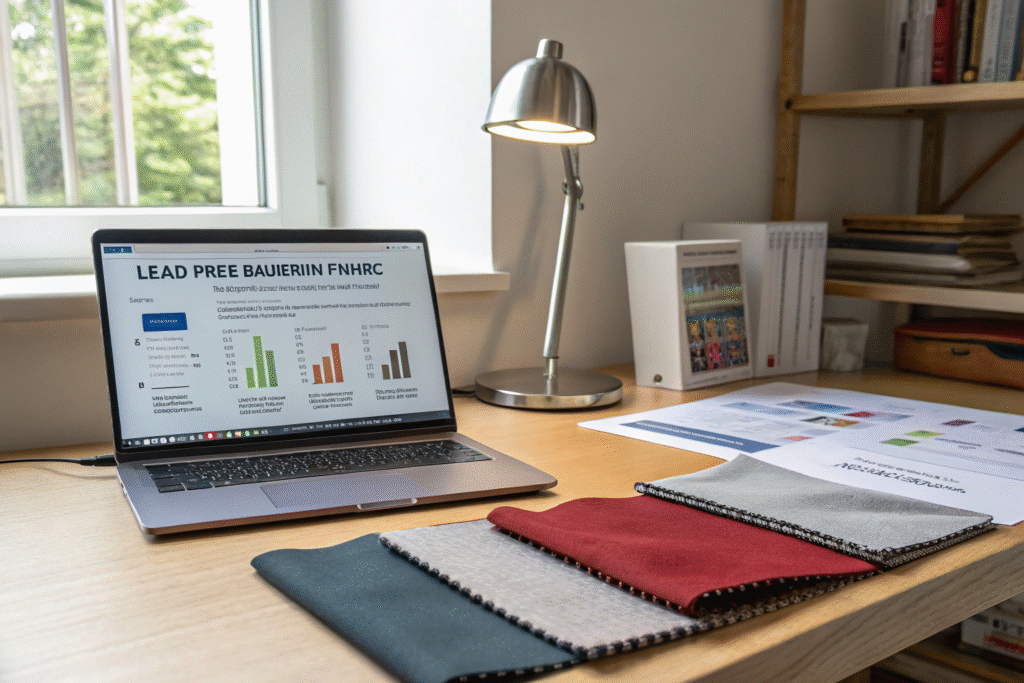
Chinese suppliers — especially those based in Keqiao, Zhejiang — offer cost-effective production, integrated supply chains, and quick sample turnaround. European producers are known for niche, high-end applications, while U.S. manufacturers typically focus on meeting domestic regulations and providing short delivery times for local buyers.
What are the advantages of sourcing from China?
China’s advantage lies in scale, integration, and flexibility. For example, Keqiao textile hub offers weaving, coating, lamination, and testing all within a small geographic area. This reduces transportation time between production steps and ensures faster order fulfillment.
How to evaluate a supplier’s capabilities?
Key indicators include in-house testing facilities, custom formulation capabilities, ISO certifications, and a history of successful exports to your target market. If possible, conduct a factory audit or request a real-time video tour to observe production in action.
What Are the Key Logistics and Cost Factors to Consider?
Once the right fabric is selected, the next challenge is getting it delivered on time and within budget. Heavy, dense materials like lead-free radiation fabrics require careful logistics planning.
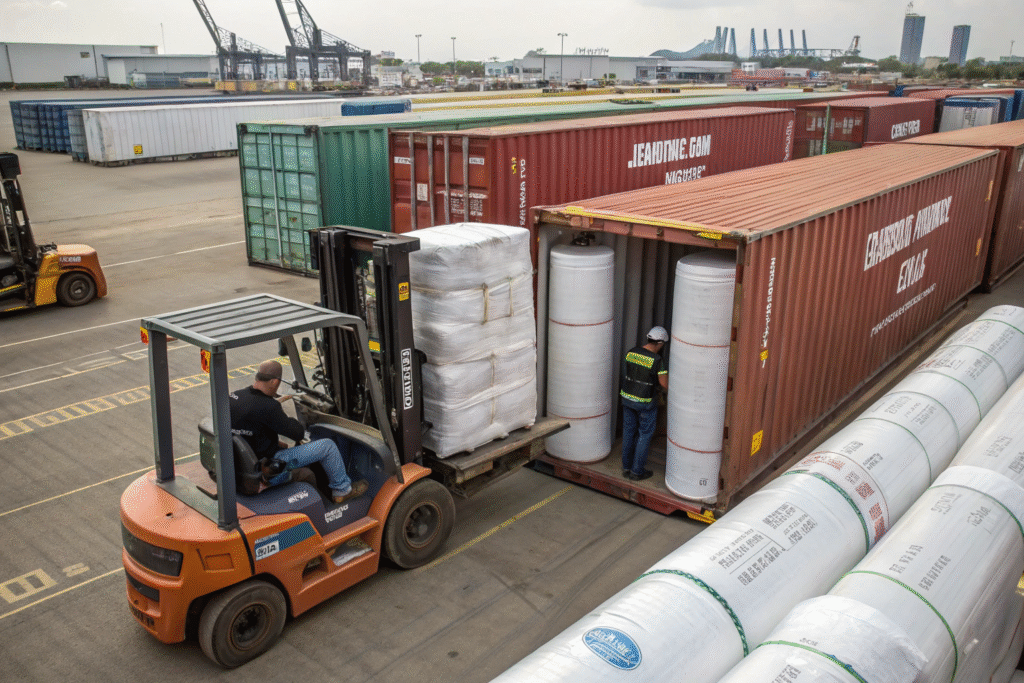
Air freight offers speed but at a high cost due to weight-based pricing. Sea freight is more economical but adds weeks to delivery time and requires moisture protection during transit. Customs clearance delays can also occur if paperwork is incomplete.
How to minimize shipping delays and extra costs?
Work with freight forwarders who specialize in medical textile logistics and hazardous goods documentation. Prepare all required paperwork — including safety data sheets, compliance certificates, and detailed packing lists — before the shipment leaves the factory.
What role do Incoterms play in cost control?
Understanding Incoterms can help you negotiate terms that balance risk and cost. For bulky, heavy goods, CIF (Cost, Insurance, and Freight) or DDP (Delivered Duty Paid) can simplify cost calculation, but they may shift more responsibility to the seller. Clarifying terms upfront prevents hidden fees and disputes.
Conclusion
Sourcing lead-free radiation attenuation apron fabrics is not a transaction — it is a process. You must consider technical performance, regulatory compliance, supplier credibility, and logistics execution. By following these steps, you can secure safe, effective, and sustainable fabrics that meet both your operational and market needs.
If you are ready to start sourcing high-quality lead-free radiation protection fabrics directly from China’s most advanced textile hub, reach out to our Business Director Elaine at elaine@fumaoclothing.com to begin your custom production order with Shanghai Fumao.

